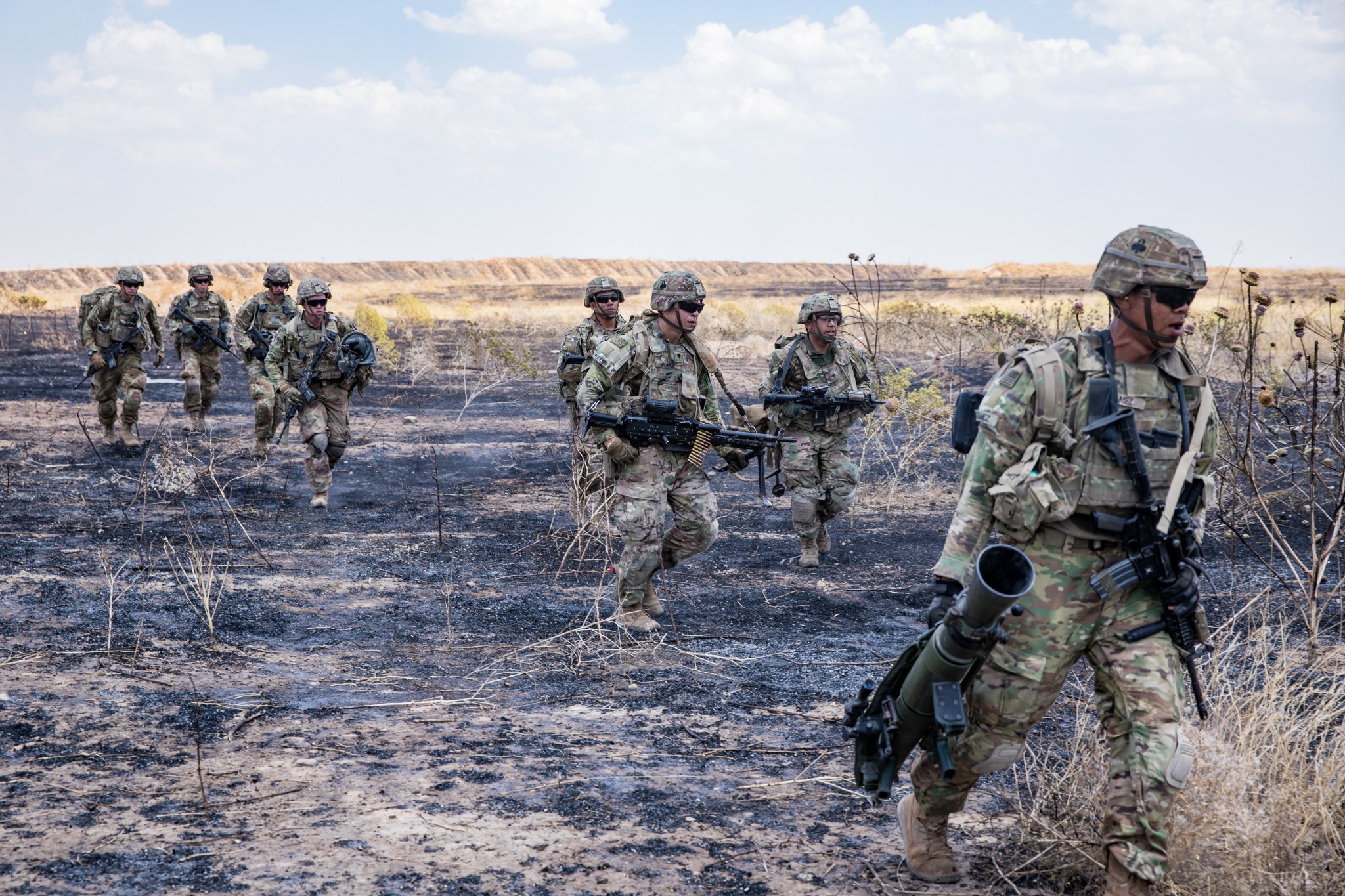
Impact of Climate Change and the Legacy of War on National Security
The impacts of climate change introduce novel challenges in post-conflict communities plagued by physical remnants of war. The intersection between climate change and prior military conflicts underscores the importance of addressing environmental security challenges in vulnerable communities. Unexploded Ordnance (UXO) and toxins from abandoned military installations and equipment like warships are issues that highlight the impact climate change has at the climate and security nexus. The U.S. can improve national security and come closer to meeting foreign policy objectives by supporting UXO removal and restoring contaminated military sites.
The Problem
UXO are routinely left behind after training events and during times of conflict. Bombs, bullets, shells, grenades, landmines, and naval mines are some types of UXO that can be found. Climate change hinders the removal of UXO materials from post-conflict communities and increases the risk of injury to farmers and other rural residents. Increased heat levels degrade UXO faster, making them less stable and natural disasters create challenges in assessing the safety of an area. Smaller UXO are especially difficult to identify and avoid had a failure rate of 30 percent during the Vietnam War. In recent years, the U.S. military has implemented the use of “smart” mines that either are controlled and detonated away from the battlefield or are set to detonate after a given amount of time. This technology while used to avoid innocent civilian casualties also has a high failure rate, failing to be a better option.
In addition to unexploded ordnance, discarded military installations also threaten national security. Contamination sites are becoming exposed due to melting ice sheets in Greenland at a now abandoned U.S. military installation that was used to test methods of transporting, storing, and launching nuclear weapons active during the Cold War. Melting exposes the base and contributes to the spread of residual toxins left from the installation’s abandonment over 50 years ago.
U.S. Efforts to Address the Issue
The United States leads international efforts to defuse ordinances around the world, typically by providing monetary aid to developing countries, such as Laos. The State Department’s Quick Reaction Force (QRF) program aids countries in response to emergencies. Since 1993, the U.S. has invested over $4 billion towards the safe removal of landmines and explosive weapons. However, while the U.S. supports the removal of UXO, it has refused to sign the 1999 Anti-Personnel Mine Ban Convention as it stands in the way of its national security objectives along the DMZ in Korea. China, Russia, and now the U.S. are the most notable non-signatories to the agreement.
Examples
Over two million tons of ordnance have been dropped in Laos. Efforts to remove the estimated remaining 80 million unexploded bombs have been slowed by the effects of climate change. Intense rainstorms, soil erosion, and changes to local topography shift the location of UXO complicating removal. This is a security challenge in areas categorized as clear from UXO for residents. 20,000 Laotians have died from UXO since the end of the Second Indochina war in 1975, 40 percent of whom were children.
Tarheel Army Missile Plant, another Cold War base, located in Burlington North Carolina has harmed the surrounding community for decades. Paint, degreasing residue, leftover radioactive isotopes, and underground fuel tanks have infected groundwater creating humanitarian hazards.
Implications on national security
Tarheel Army Missile Plant is just one example of the negative national security implications that military infrastructure can have on public health. The leakage of toxic chemicals from such military bases contaminates freshwater aquifers and affect the health of the surrounding community. Other instillations have been identified as superfund sites or areas that have been contaminated by hazardous waste. There are currently over 600 military sites that are on the list, affecting the health of military and civilian communities alike. These sites require thorough cleaning and removal of contamination before removing them from the National Priority List (NPL).
Addressing these hazards will improve societal health and project leadership internationally on the humanitarian side of national security issues. Building and maintaining international relationships through continued support to remove UXO is also helpful to U.S. national security, spreading democratic ideals and ethics that other global powers leave out in their foreign policy creating a more stable world.
Next Steps
Civilian and military efforts to address climate change must tackle the remnants of earlier conflicts and their impact on current ecological systems. Future weapons should be improved so when used they don’t leave a hidden, long lasting health and safety risk. The efficient removal of UXO and the cleaning of contaminated military installations need to become a priority for national and environmental security. Concerning contaminated military sites, the proposed FY 2022 NDAA acknowledges a lack of investment regarding rundown military installations and places responsibility on the defense department to improve the situation. This shows promise for an increased focus on this issue in the future. In terms of UXOs, the U.S. should continue to lead the effort to remove such dangers and join the Anti-Personnel Mine Ban Convention to bring other world powers to the table as well.





